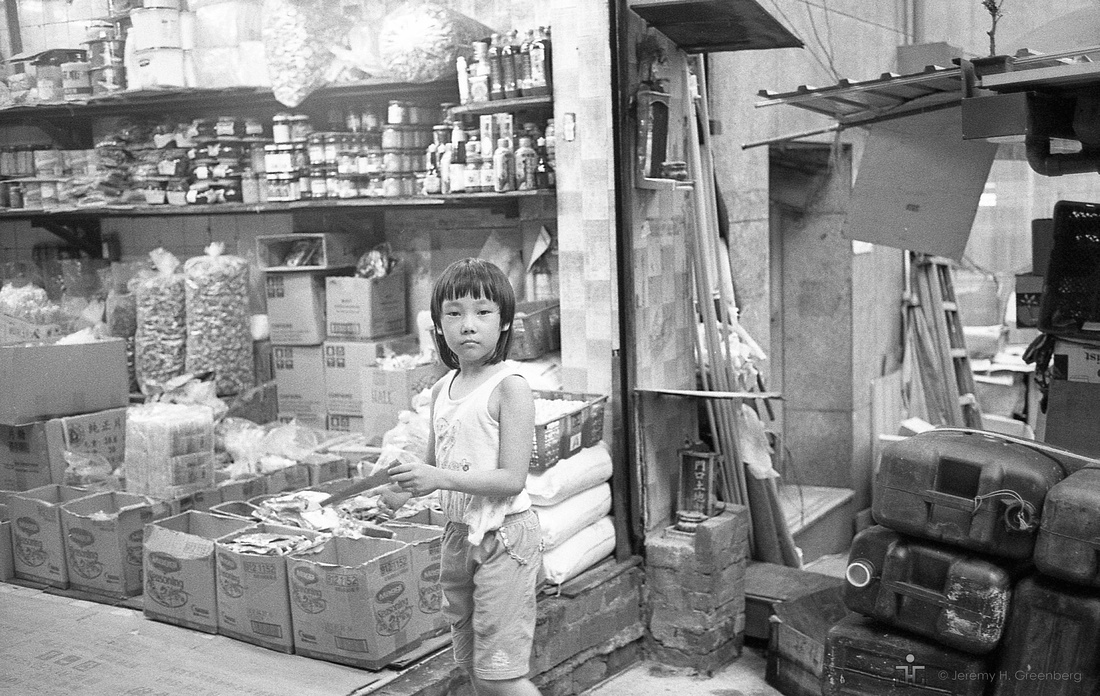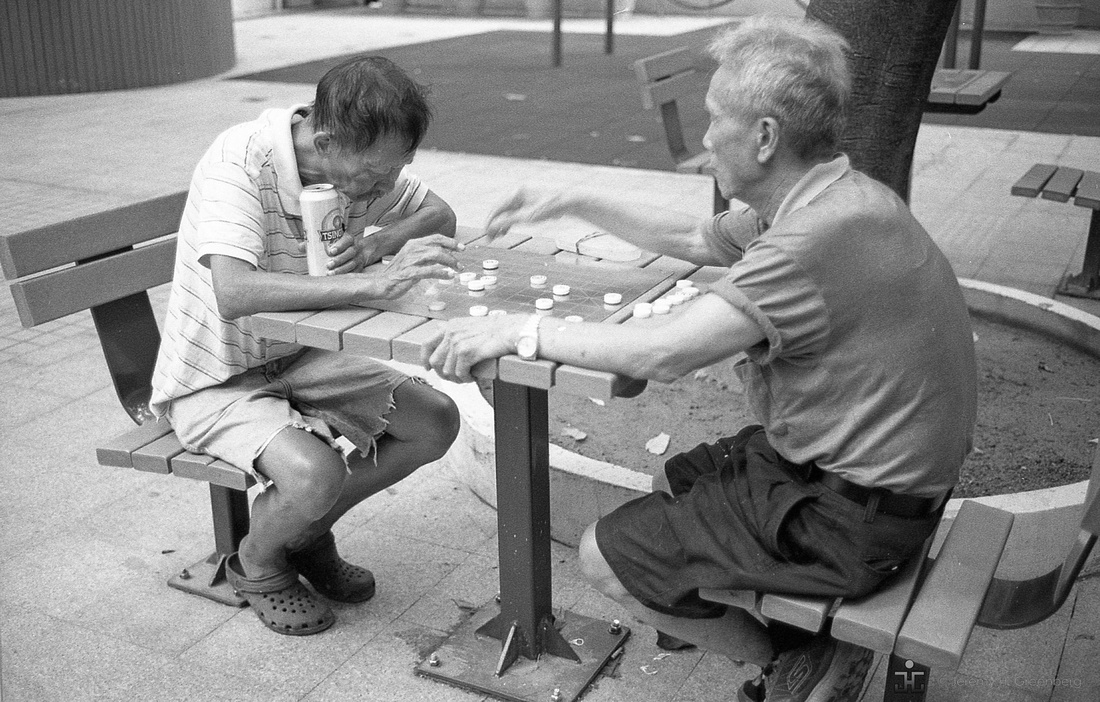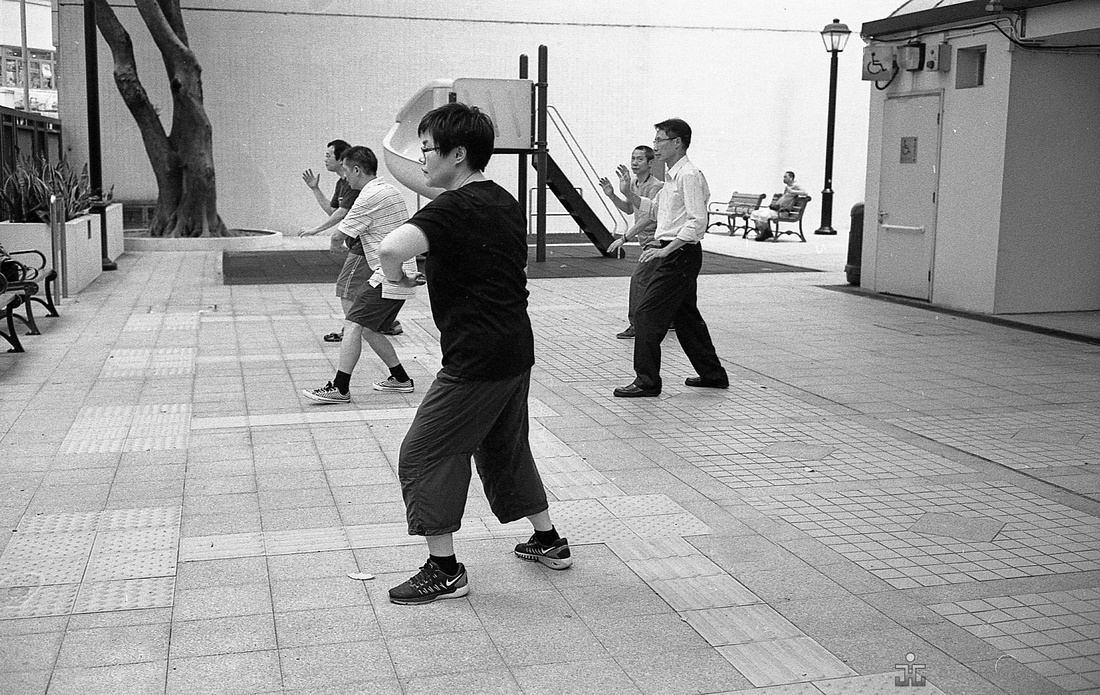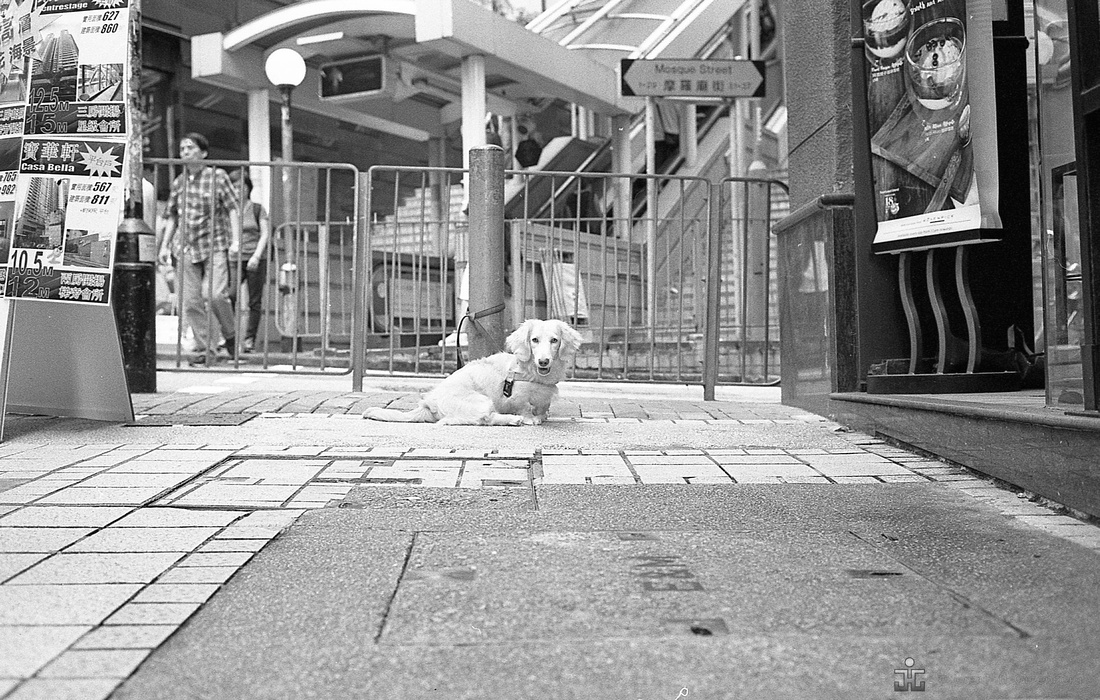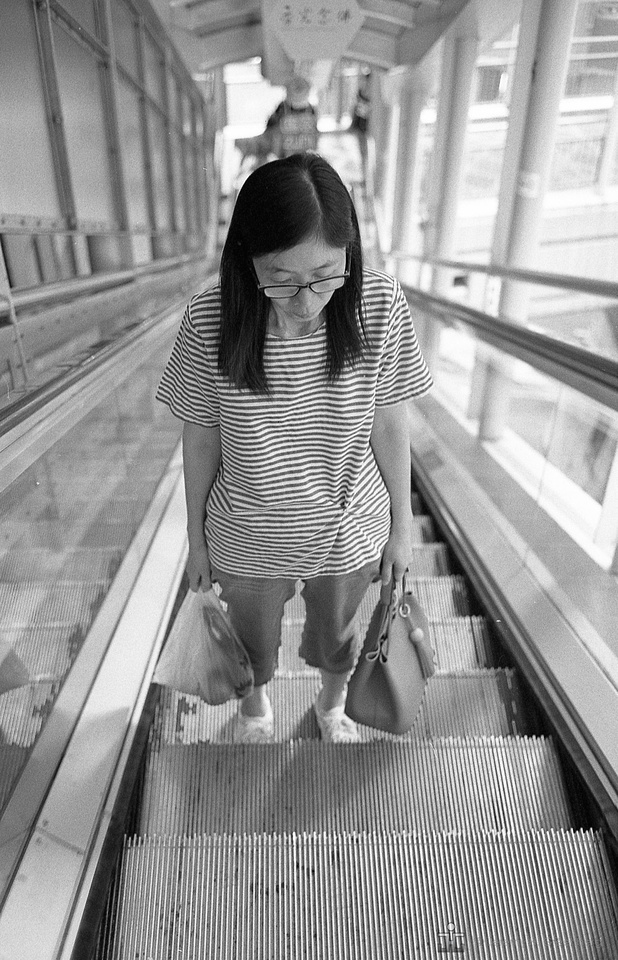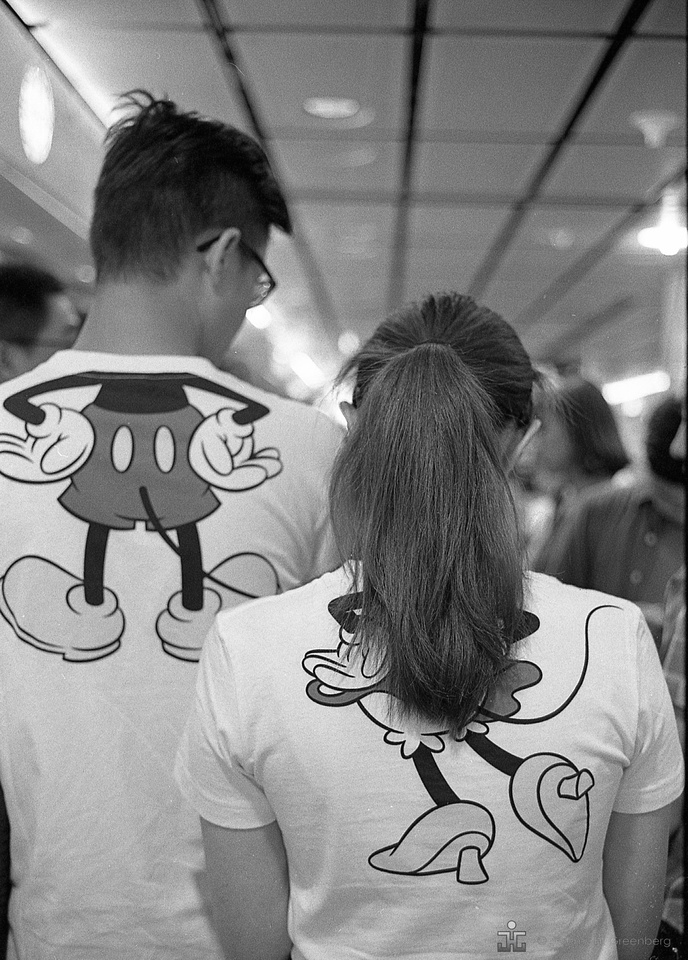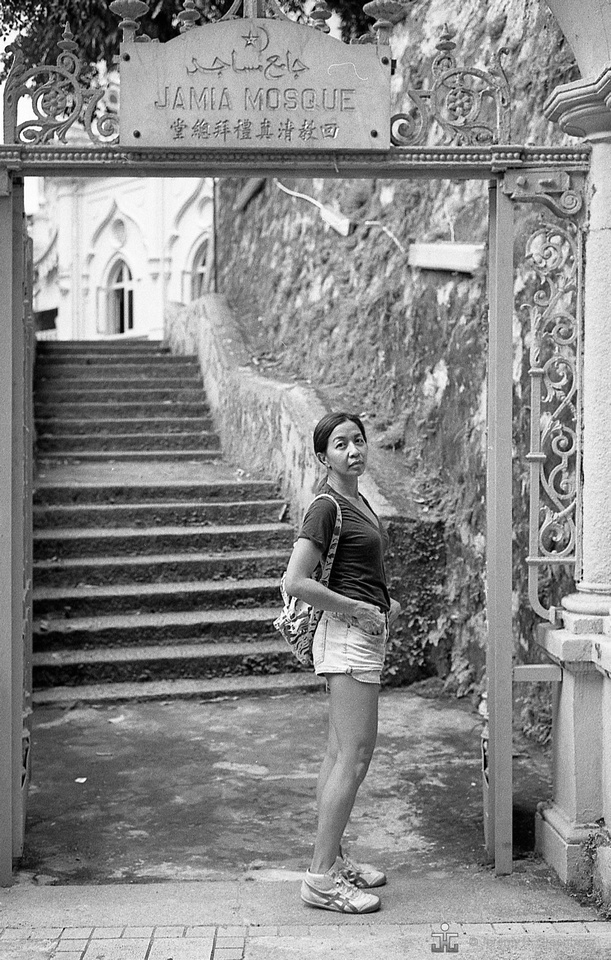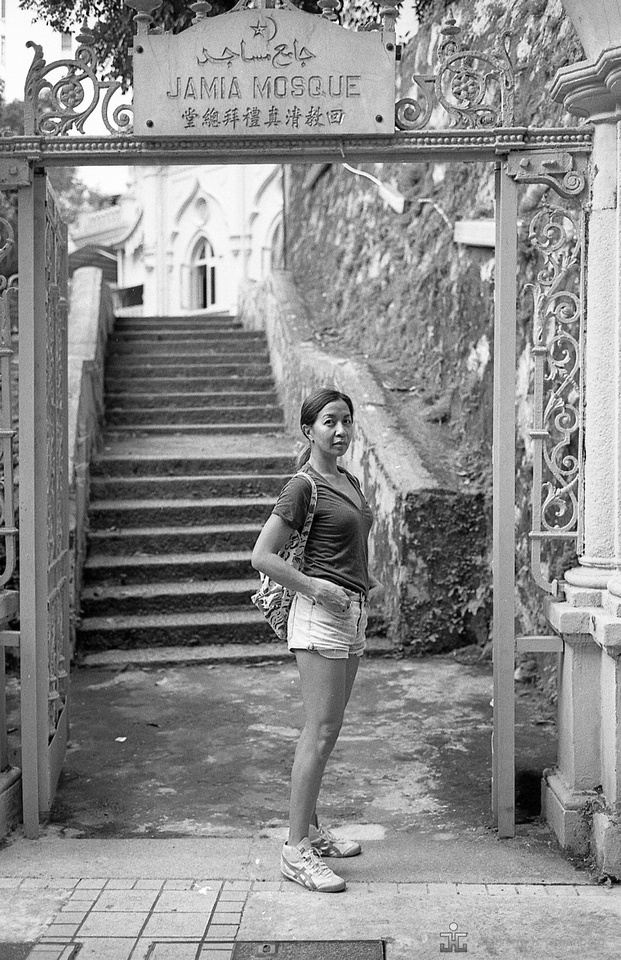Blog #32 Experimentation in Photography: Report #1 Comparison: Four Conditions using 400TX
Blog # 32 Experimentation in Photography: Report #1 Comparison: Four Conditions using 400TX
The concept of experimentation can easily be applied to the arts as well as to traditional scientific endeavours. It is likely the case that all artists and photographers experiment throughout their careers. In fact, the field of photography lends itself nicely to the practice of experimentation. In photography, there are a plethora of options available. The artist photographer can vary the conditions under which they are producing images in a multitude of ways. For example, the question of film or digital is pervasive in the field at the present time. If the choice is to use film, there are many sizes, and types of films not to mention the obvious difference between black and white or color. There are many types of lenses that the photographer may decide to experiment with. Wide angle, standard, prime, zoom, telephoto, fisheye, and portrait are but a few of the options that are available to the photographer. Sure, there are conventions such as making landscapes with a wide angle (i.e. 28mm or wider) or a portrait with a portrait lens (85mm) but the photographer is free to change, replace, and break those conventions or rules as he or she sees fit. For more discussion on the topic of experimentation in photography, see here.
There are multiple genres to be explored such as portrait, landscape, social documentary, macro, food, architectural photography, and others. Most photographers will explore most, if not all, of these genres when they are starting out to find out what they like and what they are good at. If you are a newbie and not sure what genres you are most comfortable with, I suggest a project 365 that will help you to narrow your approach. See Blog #2 for my first blog on the subject.
Aside from decisions about gear, there are filters, lenses, and post-processing options. Push/pull processing regarding film and developing options in the days of darkrooms needed to be done at the point of developing while the dodging and burning during the printing process used to lighten or darken parts of an image can be very difficult to control with a high degree of precision. There are many other variables that can be systematically manipulated or tested to aid the artist in what he or she is trying to express in their vision.
This blog post will report on a simple experiment that aimed to test four different developing types using the same camera, film, and lens. The camera used was a rangefinder type body by Minolta called a CLE that contains a light meter and an Aperture Priority mode for shooting. The same lens was used and that was a Leica 40mm f/2 prime lens. The same film was used and that was Kodak Tri-X 400 (400TX) speed black and white 35mm film.
The camera, lens, and film combination was exposed (pun intended) to four different conditions. Two conditions varied the dilution of developer and also the development time. The two conditions were 1+12 dilution and 1+15 dilution of Rollei Supergrain brand developer to water. The difference was a mere 4ml of developer, however, the development times are required to be varied, slightly as a function of the different dilutions used. In both conditions, a Yellow #8 filter was used on the lens on and off in both conditions.
So the four conditions were:
- 1+12 Yellow Filter #8
- 1+12 No Filter
- 1+15 Yellow Filter #8
- 1+15 No Filter
It is true that there were slight lighting variations across the conditions in the photos, however, all images were made in the afternoon hours under very cloudy conditions with no flash used in all photos. You can view the images larger and with their titles (experimental conditions) in the Galleries/Blog Photos Folder here.
The results that were observed were that the photos that were developed using the 1+15 dilution process had increased contrast. This is mostly apparent in the black areas of the photos. The blacks were blacker and the tonal range appeared to be slightly enhanced. Regarding the grain structure, this was difficult to determine with the naked eye but my feeling is that the grain structure was slightly smoother or more fine with the 1+15 development process. It is possible that the size of the grain was smaller as well.
An analysis of the images viewed a a 1:1 enlarged view might show different results but since photos are not normally viewed at that size, I opted to use the normal view only for this comparison.
The use of the yellow filter also clearly added contrast to the image. This can be observed clearly in the difference between the images of the men playing checkers and the Tai Chi group. These images were made within minutes of each other and also within a few meters and therefore essentially the same lighting conditions. The Tai Chi group image that was made using the yellow filter has brighter whites (practically blown out) and blacker blacks (little detail in the woman’s black shirt closest to the camera).
An even more clear comparison of the effects of a yellow filter can be made using the image of Christine in the entrance to Jamia Mosque with and without the use of the yellow filter. The images were made within one minute of each other will all variables held constance except for the filter. Both were developed using the 1+15 condition.
It was an interesting to see the results of the differing levels of contrast and possible effects to the grain structure. This was a simple and fun experiment and similar effects can be tested across film types, for example. I will likely continue with this column using various camera, lens, and black and white film , and developing combinations.
So what’s your next experiment going to be?
The light is always right.
jhg
